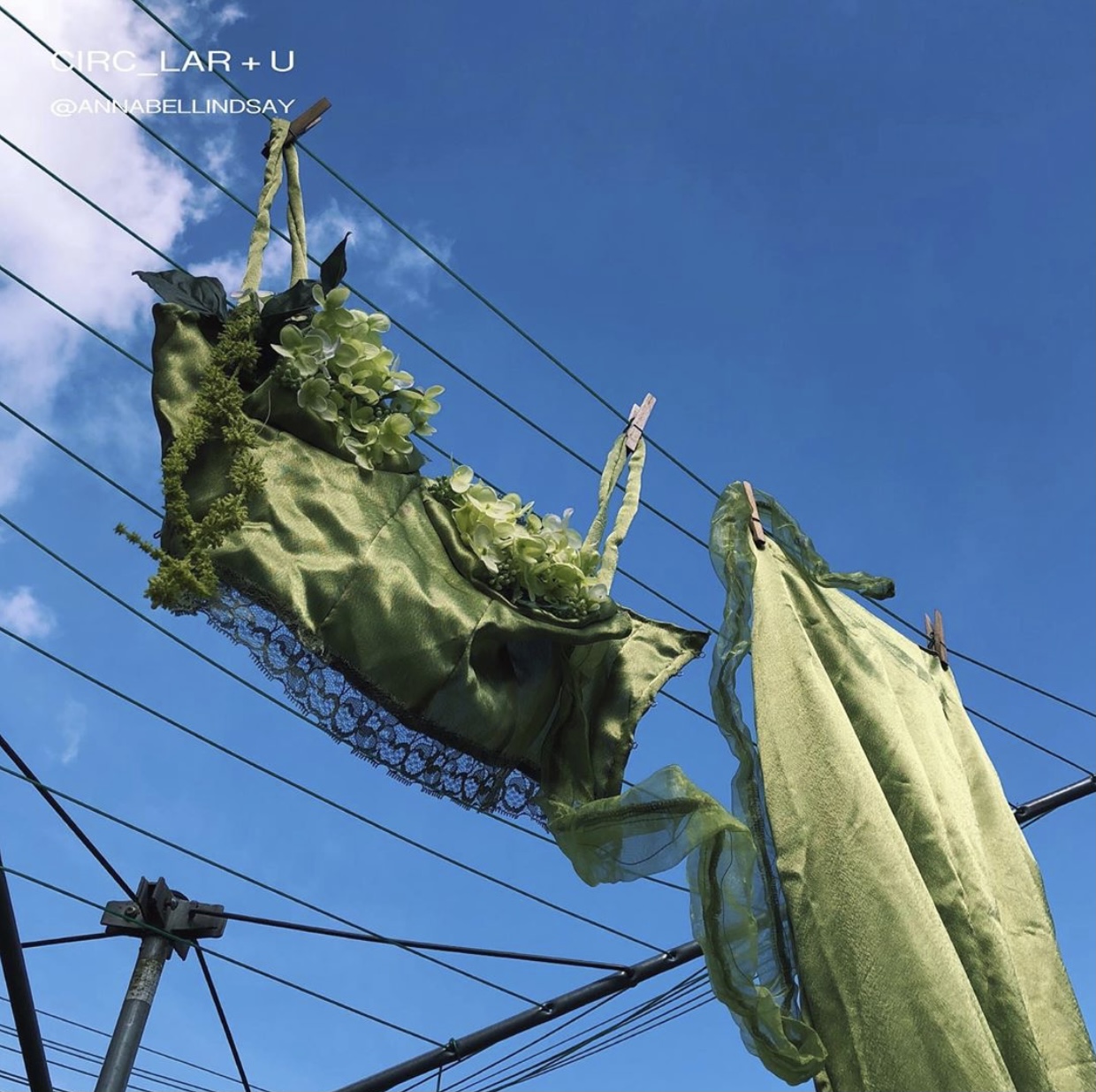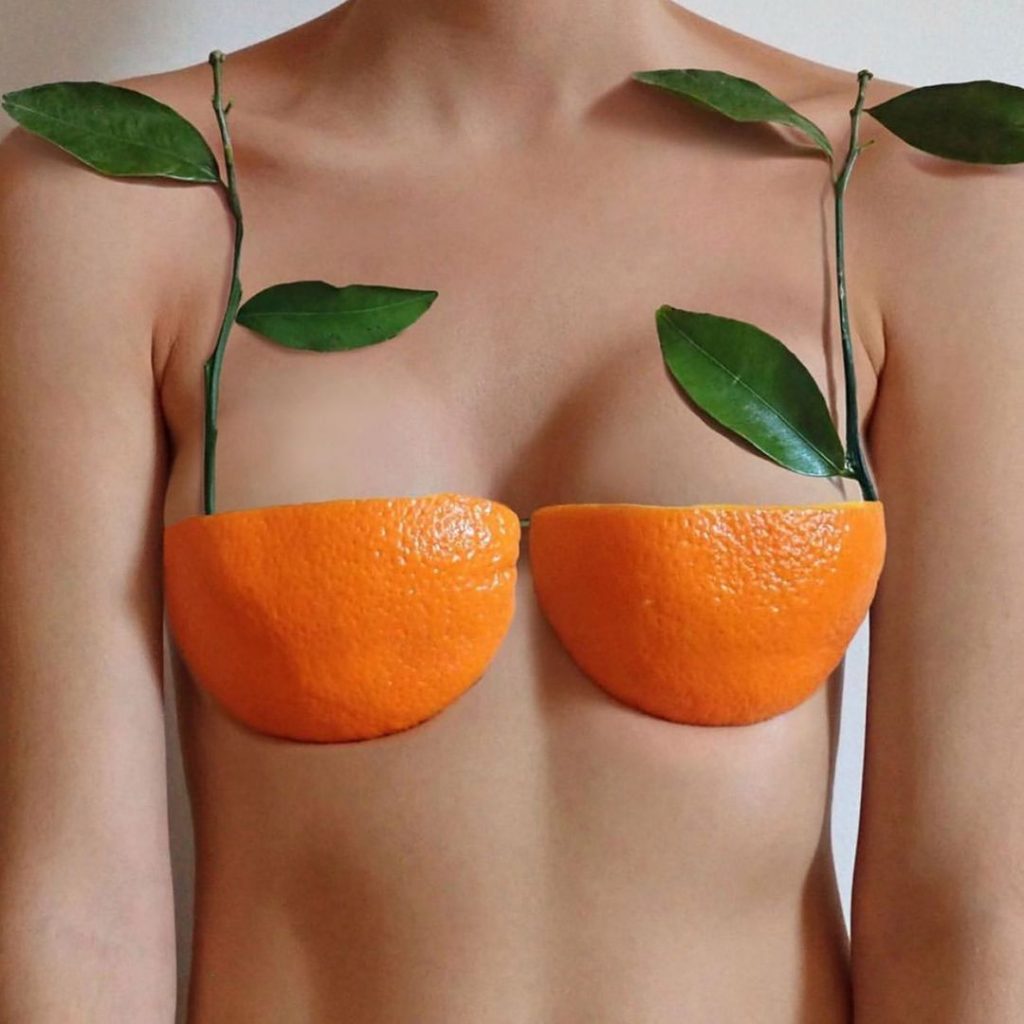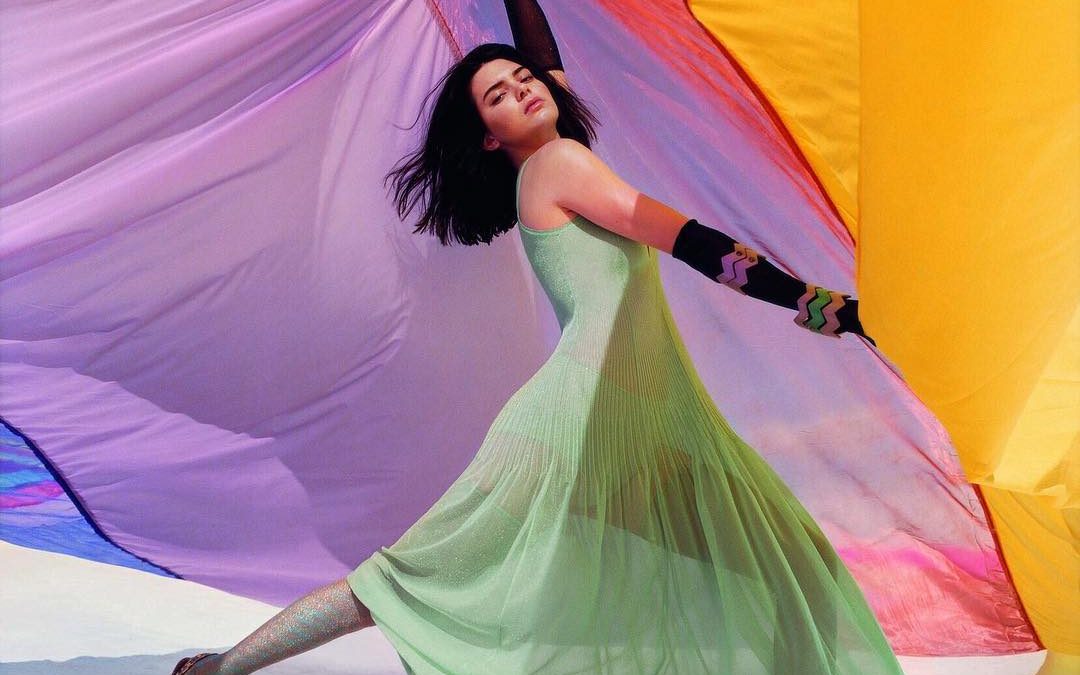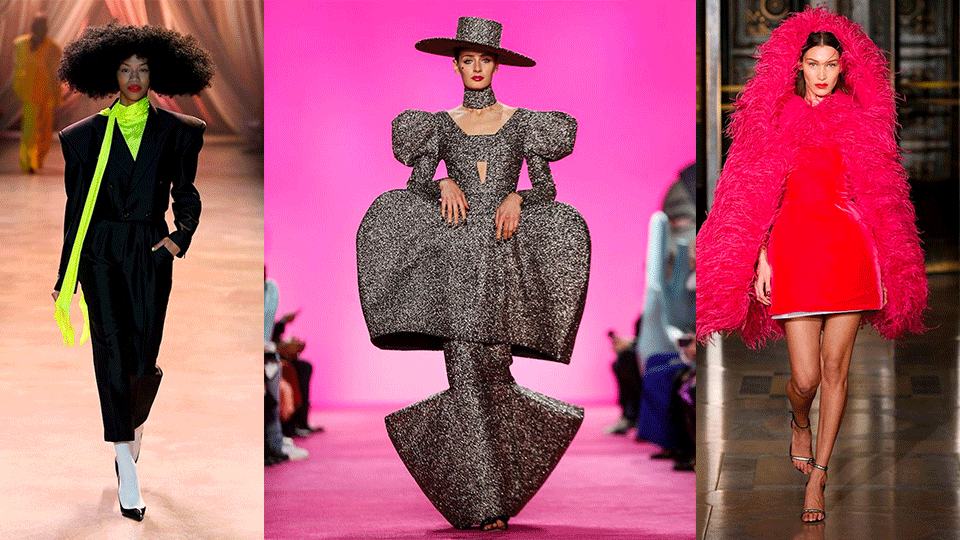- À New Wave to Fashion, À New Way of Living. Download Now on iOS Android Canada SS22
- hello@alahausse.ca
Sustainable Fashion: Eco-Friendly Fabrics To Take Into the Spring and Summer

3D Printing: The Solution to Fashion’s Waste Problem?
April 13, 2021
Microfiber Pollution: How Washing our Clothes is Polluting the Ocean
April 20, 2021Take your love of the Earth and sustainable fashion into the warmer months by looking for these eco-friendly fabrics on the labels of your next clothing purchase.

Written by: Hanna Shaw, Edited by: Sheila Lau
Consciously seeking out sustainable fabrics is a small but powerful change we as consumers can make to reduce our carbon footprint and to promote ethical products. To quickly mass distribute seasonal collections, the fast fashion industry depends heavily on the production of cheap synthetic fabrics, which can take decades (if not centuries) to biodegrade. On the other hand, sustainable fabrics are natural or recycled materials that aim to reduce their environmental impact. For example, they can be made through more sustainable production methods, or they can completely biodegrade at the end of its useful life.
By quickly scanning the clothing label before we buy more clothes, we indirectly encourage more sustainable waste management methods in the waste hierarchy by preventing and reducing the amount of synthetic fibers discarded from the outset. The eco-friendly fabrics below are more sustainable substitutes and can last years of wear in spring and summer weather.
Sustainable Fabrics Perfect for Your Spring/Summer Wardrobe

100% Organic Cotton
As one of the purest materials you can wear, organic cotton is free of any pesticides, artificial fertilizers, or genetically modified seeds. The material also doesn’t harm the soil, and uses 88% less water and 62% less energy than conventional cotton. Look for labels denoting that the product is made with organic cotton from a USDA Certified Organic, Global Organic Textile Standard (GOTS), Organic Content Standard (OCS), or Fair Trade certification.
Certified Organic Hemp
Hemp has been all the rage in the clothing, construction, cosmetic, and food industries recently, and rightfully so. Because it can be grown anywhere in the world and doesn’t require much water or any pesticides, the lightweight and soft material is a great option to have for any season. Certifications to look for include: USDA Certified Organic, Skal EKO-quality, and Organic Content Standard.
Sustainable Organic Linen
Produced from flax plants, linen is a sustainable source of fabric. Flax can be used in its entirety without any excess, and it is fully compostable. As an added bonus, linen is long-lasting and a breathable material that can be used to make a wide range of products, from bed sheets to pants.
Econyl: The Recycled Nylon
This recycled nylon creates a closed-loop production system that upcycles plastic waste from the ocean. It turns recycled plastic ocean waste into a new fabric with the same qualities as nylon, while also being an eco-friendly option. Econyl is particularly useful in wicking up moisture, so be sure to look for it in your next swimsuit or exercise top!
Econyl have been used by several fashion brands, including Gucci in its first sustainable collection, Gucci Off The Grid.
Woocoa: Vegan Wool
A group of Colombian students created a new sustainable material derived from coconut fibers, hemp, and mushroom enzymes. It has the same physical properties as wool to save food and livestock waste.
Sustainable TENCEL™
Another closed-loop, circular material to keep an eye out for is Lenzing’s cellulose-fiber fabric derived from tree pulp, TENCEL™. Through REFIBRA™ technology, they can upcycle a large proportion of waste byproducts created from the production of cotton. Pretty neat, huh?
Ecovero: The Viscose Alternative
TENCEL™ is also the mastermind behind ecovero, an eco-friendly viscose produced from sustainable wood and pulp. This fabric can easily be found in items made by specialized retailers like J.Crew, Ganni, Monsoon, and more.
Modal Fabric
This lightweight and elastic-like, bio-based textile is spun from restored beech tree pulp. An added bonus is that modal fabric requires less water than cotton in its production process, and, unlike cotton, it is carbon neutral.

Spiber Qmonos: Vegan Silk
Ever thought spiders could be the organisms to help save our planet? Scientists now have the ability to convert artificial spider silk into fabric with the help of microbes. Not only is spider silk the toughest material found in nature, but when converted into fabric, it’s also unconventionally lightweight, flexible, and completely biodegradable. (Side note: the process is completely harmless to all spiders involved!).
Sustainable Lyocell
A fabric similar to TENCEL™ is taking the sustainable fashion industry by storm. Lyocell is a textile that originates from eucalyptus tree pulp found in sustainably managed forests. It also requires significantly less water than other fabrics to be produced, and is part of a closed-loop production system.
Bamboo Lyocell
Closely aligned with lyocell’s production process, bamboo lyocell is made in a closed-loop process that reuses chemicals, water, and bamboo tree pulp. However, make sure you purchase clothing items made out of bamboo lyocell instead of bamboo viscose! The latter needs toxic chemicals to convert the pulp into pliable fibers.
Citrus Fruit Fabric
Italian company Orange Fiber transforms citrus juice byproducts into a silk-like textile to combat excessive waste created in the fruit industry. This innovative and stylish solution to the global issue of agricultural waste is one of many trends in sustainable fashion that I can get behind going into spring and summer. In the past, the company partnered with the H&M Conscious Collection and Ferragamo to make the material more accessible to larger markets.
Piñatex: Vegan Leather
Oranges, it’s time to meet your new sustainable fashion friend, pineapples. Piñatex is a natural textile that closely resembles leather and is produced by extracting fibers from discarded pineapple leaves. Created by Dr. Carmen Hijosa, the fabric has a negligible environmental impact and does so while stimulating developing farm communities.


Let's Head into a Sustainable Future!
A significant factor that determines the impact our clothing items will have on the environment is the fabric it’s made from. Whether the issue arises from its biodegradability, ethical nature, or production process, we have a responsibility as consumers and producers to make choices that leave a positive impact on the planet. Now is the time for us to take advantage of the exciting innovations that technology has facilitated in the fashion industry!
We at ÀLA.HAUSSE are committed to providing fashion lovers with a multifunctional ecosystem in which they can practice more sustainable consumption habits. Via ÀLA.HAUSSE‘s Multi-functional and Multi-purposeful Fashion Ecosystem- BUY/SELL/RENT/LEND/ (swap BETA 2021) mobile application, INDIVIDUALS & brands ( BETA 2021) are encouraged to REBUY, RESELL, REUSE and UP-CYCLE their personal “Clossets” aka Clothing Assets, along with overstock inventory and samples. Through this consumerism habit shift we indirectly slow down the urgency on fashion’s carbon footprint, aiding sustainability as a whole.
BETA Early Access Application Now Open for CA Fashion Lovers: Apply Now for LAST CALL
#ALAHAUSSE #WEARYOURPURPOSE #HAUSSEPEOPLE








